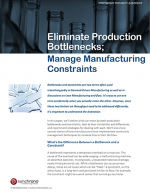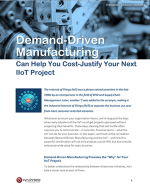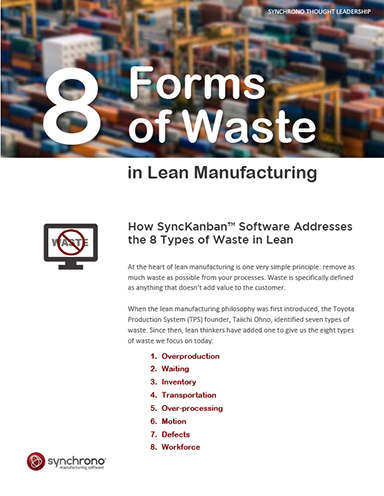The 8 Forms of Waste in Lean Manufacturing
In this paper, we’ll discuss how SyncKanban eKanban software from Synchrono can help you address all eight forms of waste to help you reach your lean goals this year.
How SyncKanban™ Software Addresses the 8 Types of Waste in Lean
At the heart of lean manufacturing is one very simple principle: remove as much waste as possible from your processes.
Waste is specifically defined as anything that doesn’t add value to the customer.
When the lean manufacturing philosophy was first introduced, the Toyota Production System (TPS) founder, Taiichi Ohno, identified seven types of waste.
Since then, lean thinkers have added one to give us the eight types of waste we focus on today:
- Overproduction
- Waiting
- Inventory
- Transportation
- Over-processing
- Motion
- Defects
- Workforce
There are many ways to eliminate these eight forms of waste, from costly and time-consuming initiatives focused on redesigning the factory floor to an afternoon spent cleaning and organizing a work center. When comparing the level of effort to potential return, implementing eKanban is one of the most attractive lean initiatives there is.
Manufacturers we’ve worked with have increased inventory turns by as much as 91% and cut inventory costs in half through eKanban initiatives that took less than three months to implement – and that includes training employees on the new processes and procedures.
This paper addresses the following topics and more:
- Materials can spend as much as 90% of cycle time in the queue, learn how to measure and accelerate queue turns
- Reduce the need to expedite materials and the steps in processing individual orders
- Automatically adjust inventory levels based on demand
- Monitor first-in, first-out (FIFO) to reduce scrap
- Transform purchasing into a more strategic function
Download 8 Forms of Waste to learn how SyncKanban eKanban software addresses each form of waste.
What’s Related




Favorites





